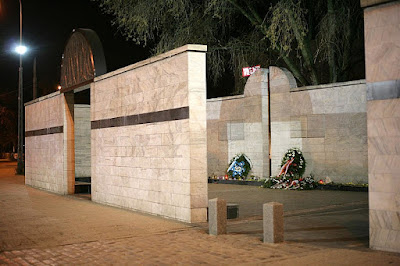And there will be those who make the point that as I wrote a history of Chorlton pubs and bars with Peter Topping I may be a little biased.
But not so. Long before we published the Chorlton edition of Manchester Pubs- The Stories Behind The Doors, I had been writing about the emergence of the “night economy”. The coming of online shopping, the giant supermarkets and the Arndale have pretty much done for that tradition retail model I grew up with.
I am sad to see it go but with its disappearance there was a real possibility that across the township there would just be lots of empty premises which could not be filled with charity shops or fast food outlets.
Nor is this a recent phenomenon as the picture testifies.
As early as 1983 shops were becoming vacant, in a trend which was to continue into the next two decades.
So the shop which was Booker’s the butchers was briefly the campaign headquarters of the SDP before becoming part of the bank, while next door what had once been Robinson’s the bakers, had been trading as Villains and in ’83 was a charity shop.
Of course all high streets are in a constant flux but around the 80s some would argue that here in Chorlton we were on the tipping point.
I await comment.
Location; Chorlton
Picture; Wilbraham Road, 1979 from the collection of Andrew Simpson
*A new book on the pubs and bars of Chorlton, https://chorltonhistory.blogspot.co.uk/search/label/A%20new%20book%20on%20the%20pubs%20and%20bars%20of%20Chorlton


















































